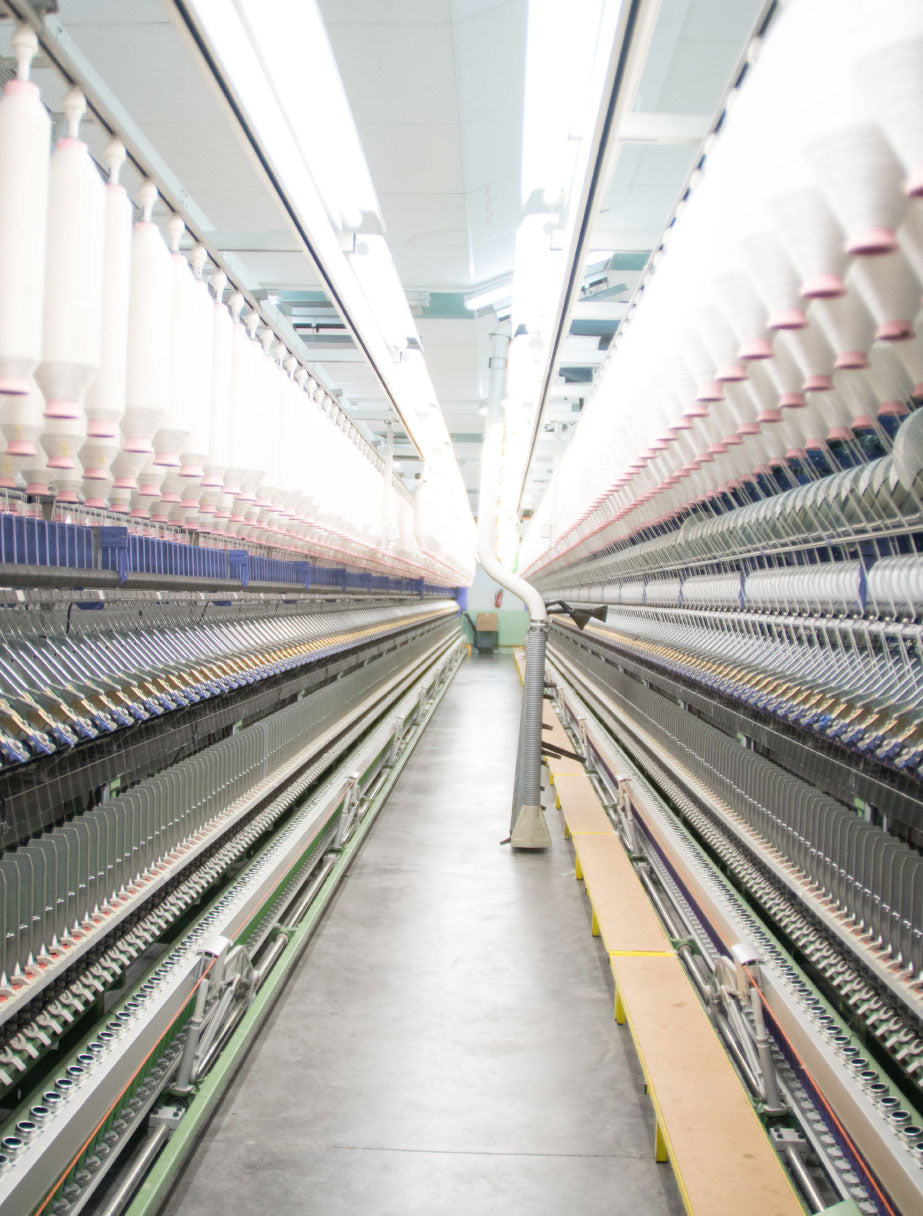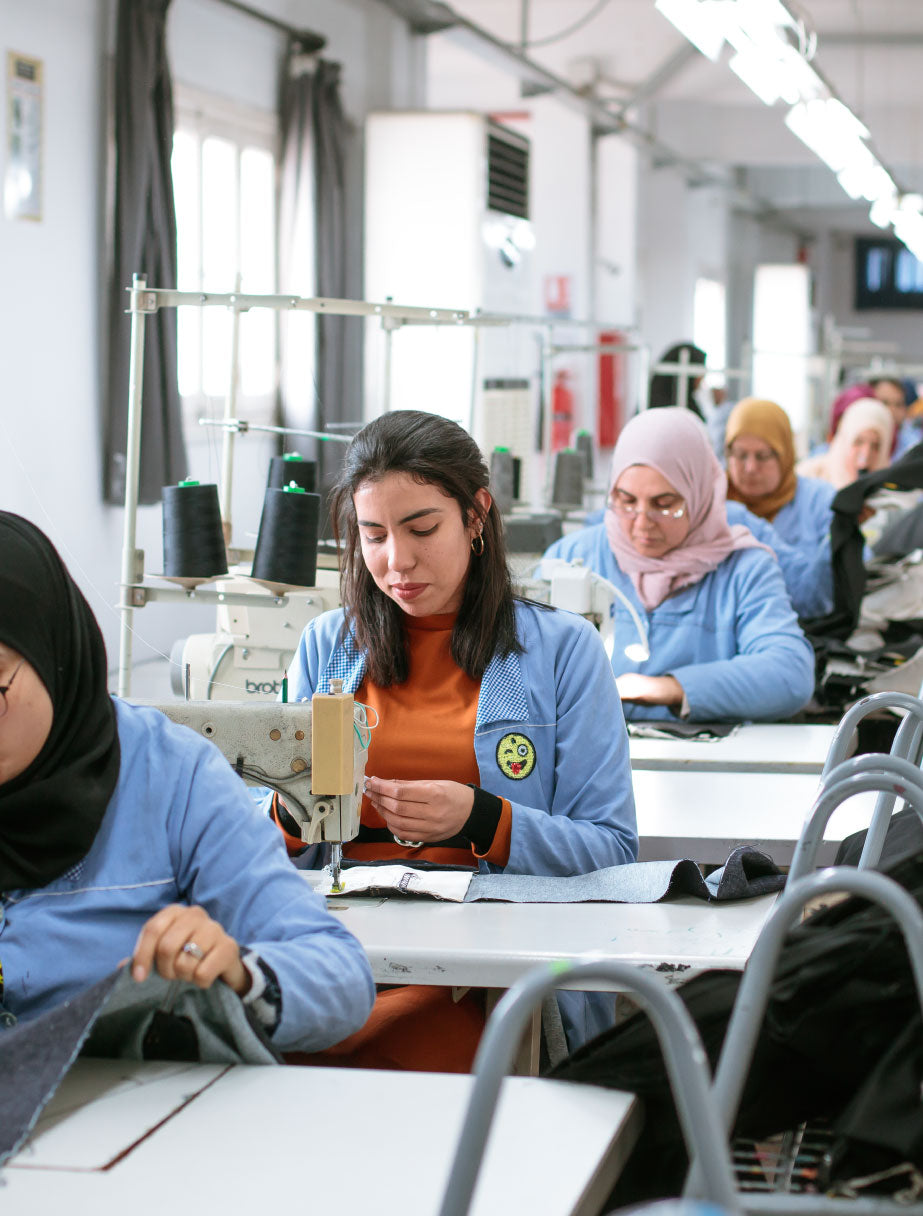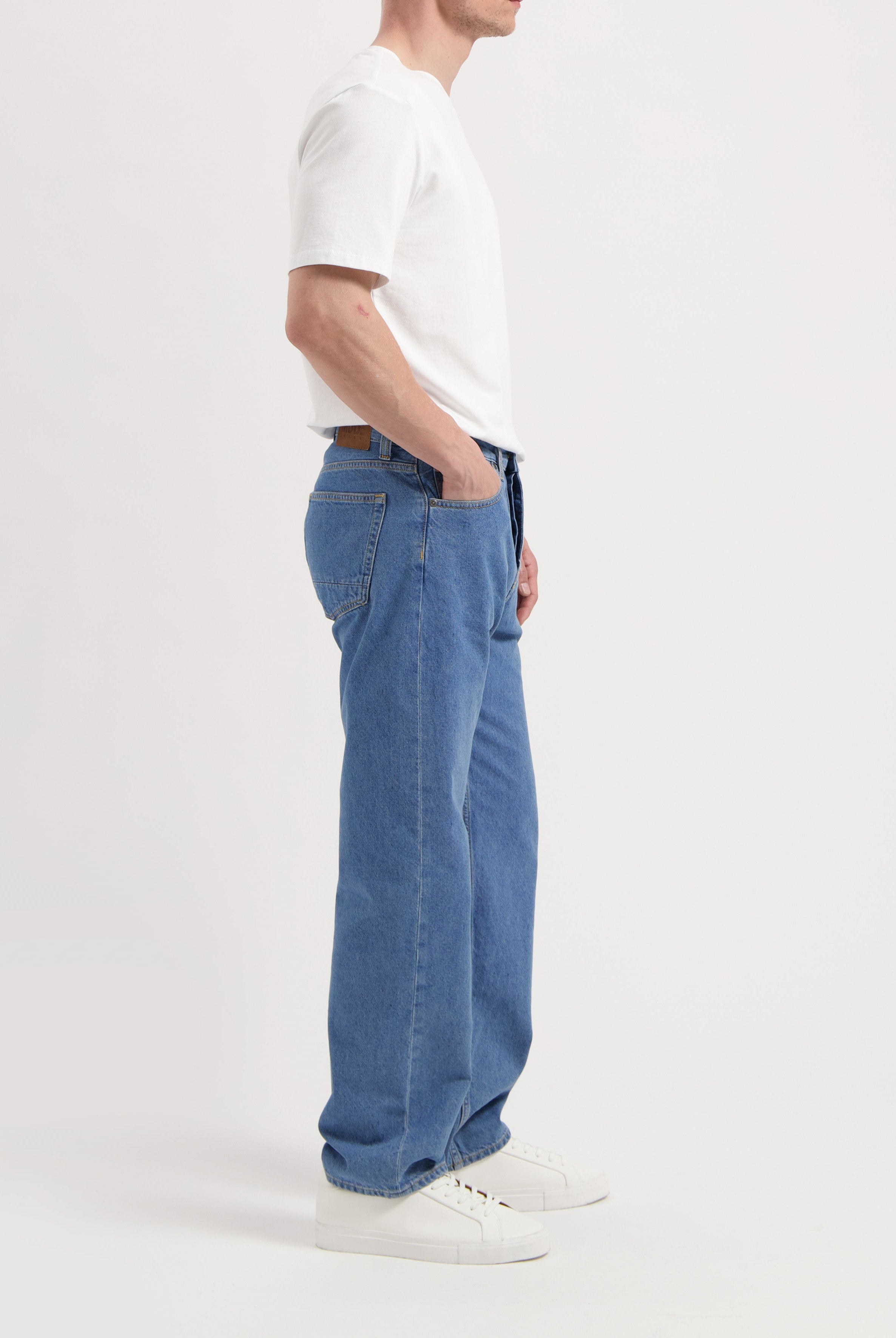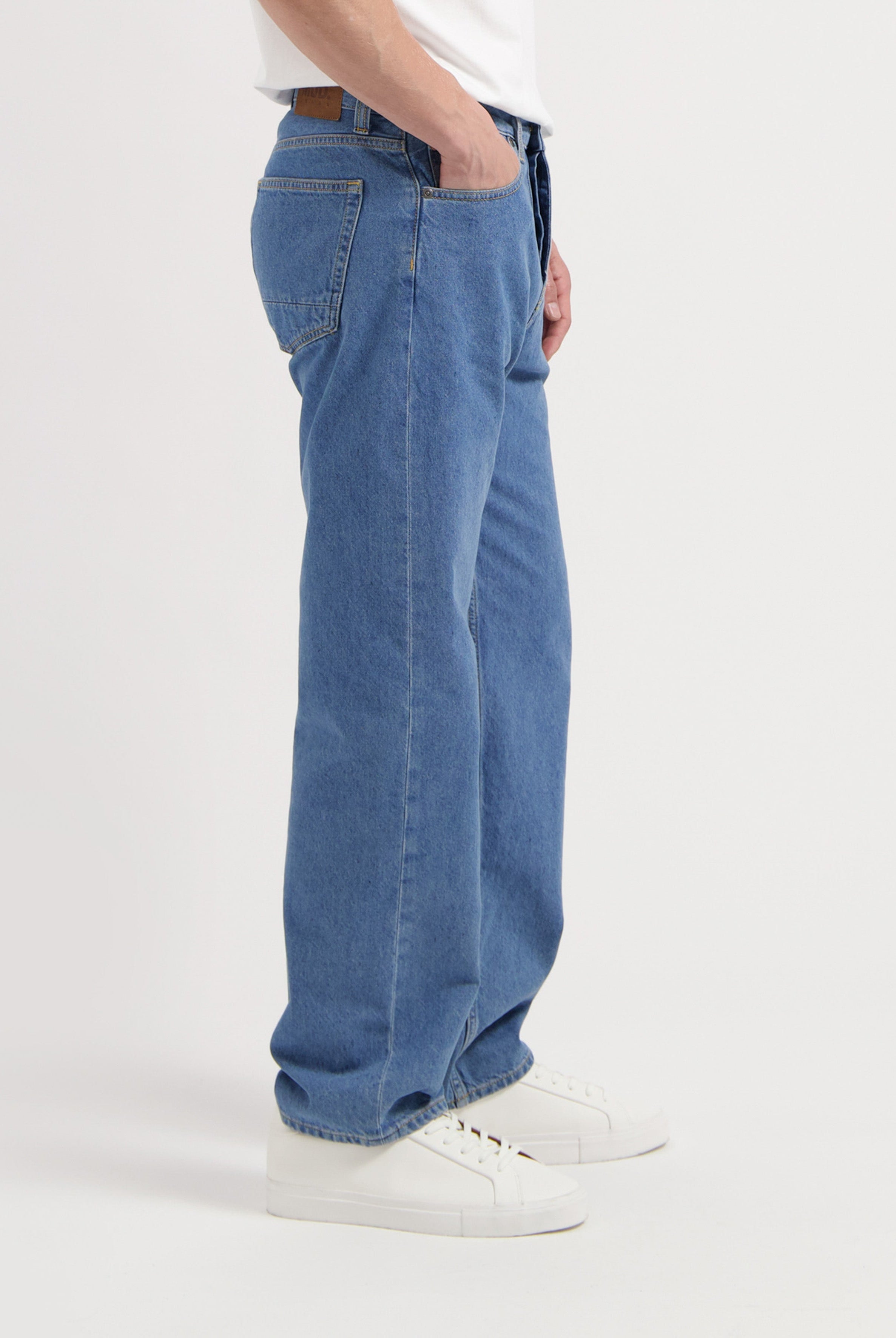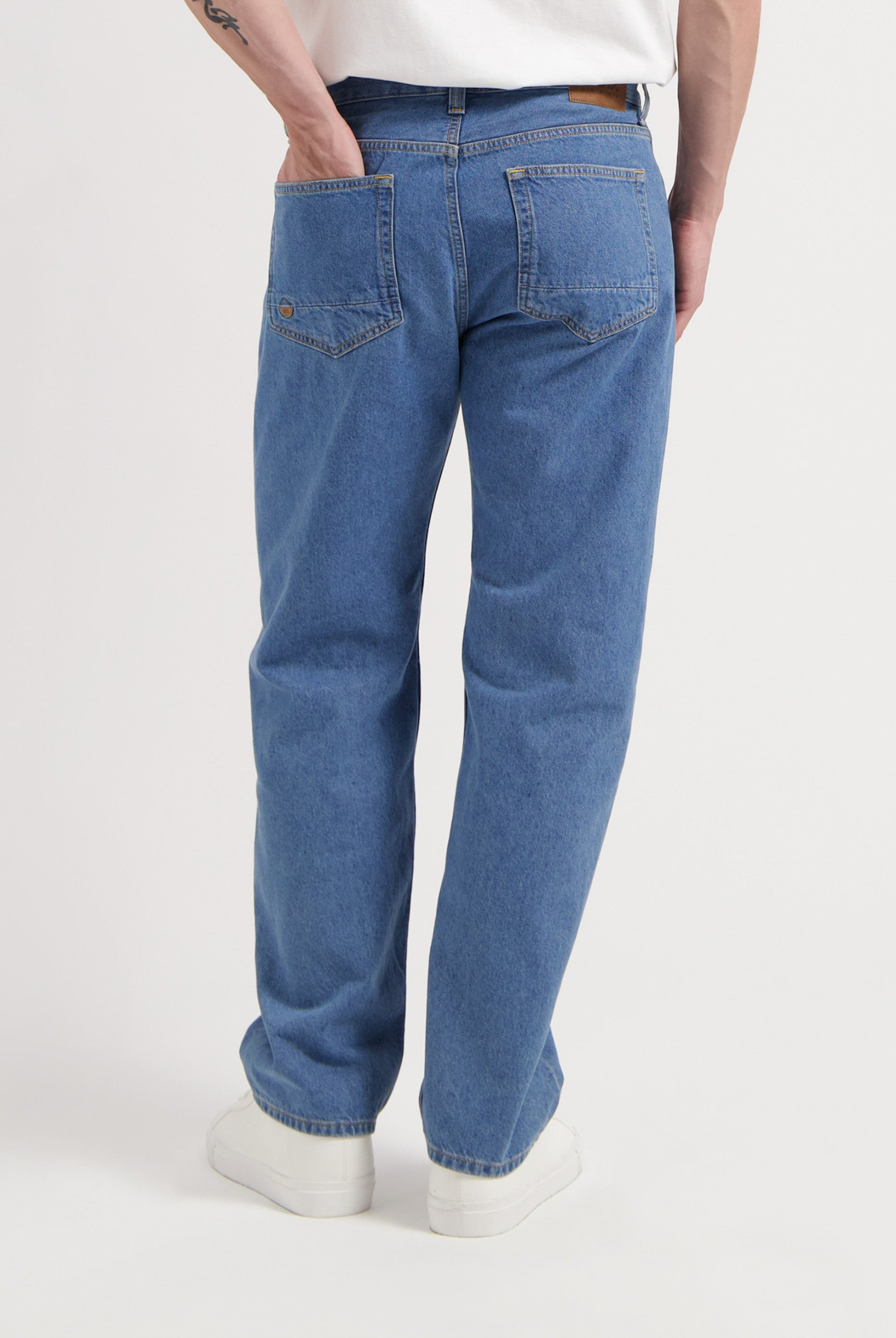1.2
Over 1.2 billion pairs of jeans are purchased every year
180
On average 180 meters of stitching yarn is used in one pair of jeans
1
Less than 1% of material used to produce clothing is recycled into new clothing
50
50% of fast fashion pieces are discarded within a year.
10
The fashion industry is among the top 10 most CO2 emitting industries
60
The average consumer purchases 60% more clothing than 15 years ago
10
Cotton accounts for over 10% of the world’s insecticide use.
1
1 garbage truck full of textiles is being trashed every second.
A polluting industry
The fashion industry is one of the major polluting industries in the world. The production and distribution of cotton crops contributes to different forms of environmental pollution, including water, air, and soil pollution. Fashion is a huge industry; it employs 300 million people around the world. The production of cotton alone accounts for almost 7% of all employment in some low-income countries.
Climate change
The fashion industry is among the top 10 most CO2 emitting industries. All these industries have to change in order to meet the goals set at the Paris Agreement in 2015. 175 countries agreed to work to limit global temperature rise to below 2°C. If carbon emissions are not drastically reduced and global temperature rise is not kept below 2°C, our planet will likely face disaster.
The production of cotton alone accounts for almost 7% of all employment in some low-income countries.

Sustainable Development Goals
The Sustainable Development Goals (SDGs) are a universal call to action to eliminate extreme poverty, reduce inequality and protect the planet. The United Nations (UN) aim to reach these goals in 2030. There are 17 Sustainable Development Goals, all of them unanimously adopted by world leaders at a historic UN summit in New York, September 2015. With the SDGs, the UN aims to mobilise governments, companies, organisations and individuals worldwide to protect planet and people.
An expanding population
In the past 15 years, clothing production has drastically increased, driven by the rise of fast fashion and a growing middle-class population across the globe. By 2050, there will be 10 billion humans on Earth that all need to be fed and dressed. If growth continues as expected, total clothing sales could reach 160 million tonnes in 2050, more than three times today’s amount. The fashion industry will then be accountable for adding 22 million tonnes of microfibres to the oceans.

Fast fashion
In the last 15 years, clothing production and consumption has doubled and the average consumer purchases 60% more clothing. The average number of times a garment is worn, however, has significantly decreased (-36% between 2000 and 2015). A garbage truck full of textiles is being trashed every second. 1Nearly three-fifths of all clothing ends up in incinerators or landfills within a year of being produced.7 Consumers buy more than they need. So, what about asking ourselves the question: do we need all this?
Water pollution
An industry standard pair of jeans uses up to 7.000 litres of water (that’s close to 54 full bathtubs). After agriculture, textile dyeing is the second largest polluter of fresh water globally, even though the world is simultaneously facing freshwater scarcity.8 Billions of people don’t have access to safe water. 9
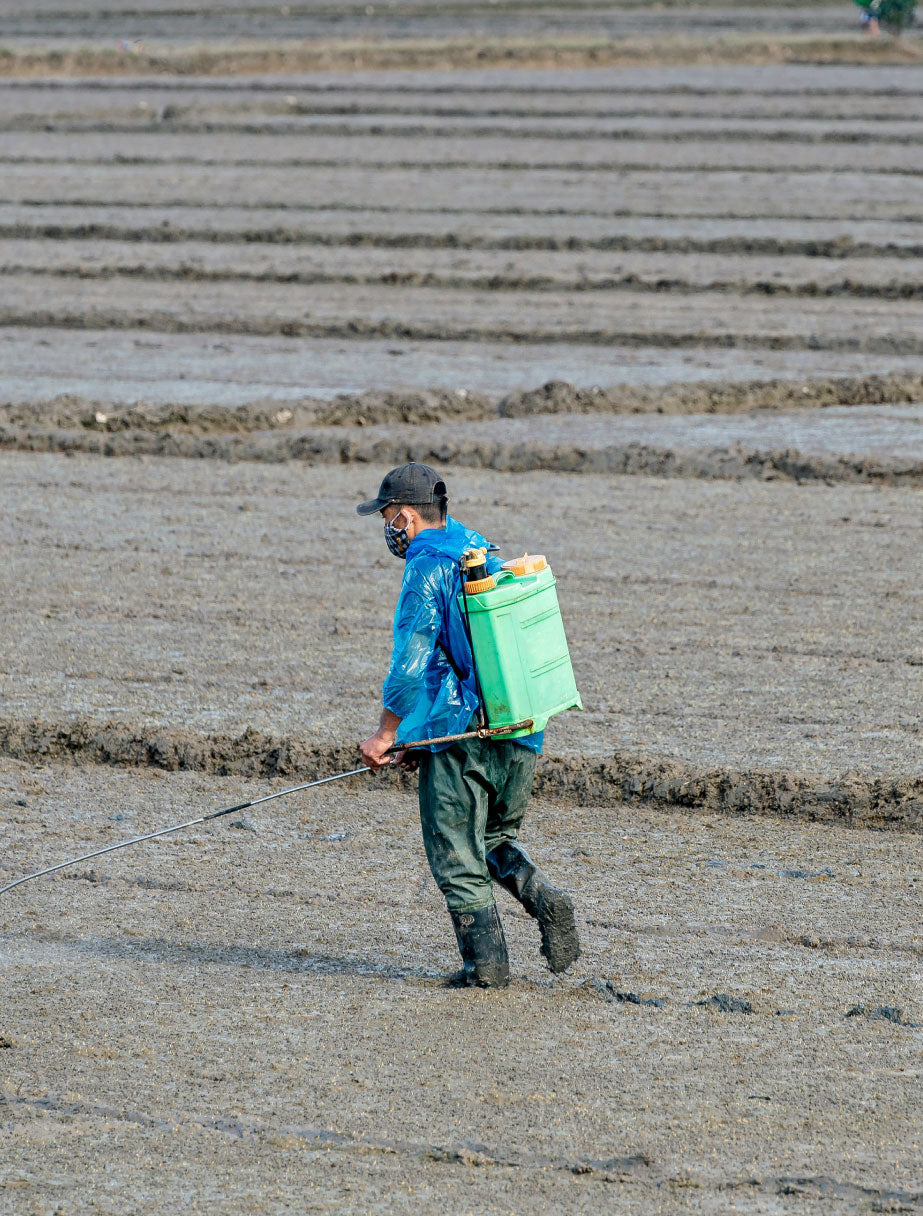
Toxic chemicals
Cotton production uses 2.7% of the world’s arable land, but accounts for over 10% of all insecticides used to prevent crop failure. Unsafe use of agricultural chemicals has health impacts on workers in the field and on ecosystems that receive excess doses that run-off from farms. The toxic chemicals associated with cotton production also pollute rivers used for bathing and drinking water and can even lead to serious birth defects in cotton farmers’ children.
Farmer suicides
More than 300,000 Indian cotton farmers have killed themselves since 1995 due to the high price of genetically modified seeds flooding the market. This is piling pressure on poorly paid growers, forcing many into a cycle of unmanageable debt.
Toxic for your skin
The skin is by far the body’s largest organ. So, it goes without saying that protecting it and treating it well is important. This is exactly why we should be thinking about what it comes in contact with every day, such as your clothing. Of course, the best fabrics for your skin are natural ones. Most people don’t have any idea that their clothing is often coated with chemicals that may have a significant impact on human health. Chemicals from the clothes we wear enter our bodies through our skin.

CO2
The estimations of the greenhouse gas emissions from the fashion industry vary widely across sources, going from 2-8% of global emissions. One thing we know for sure is that it concerns billions of tonnes of CO2 equivalent. So, while it is easy to get lost in numbers, the importance of investing in solutions is already more than apparent. 3
Earth Overshoot Day
Earth Overshoot Day marks the date when humanity’s demand for ecological resources and services in a given year exceeds what the earth can regenerate in that year. In 2020, Earth Overshoot Day was on August 22, three weeks later than 2019, due to the corona-induced lockdowns. Put simply, we are still consuming more than we have, fashion being part of the cause. This is not just a threat to nature, but to human society too. To borrow a phrase: time’s up. 13
Doing things differently
This is the moment to do things differently. Moving away from the current linear and wasteful system is crucial to tackle climate change and to ensure that global warming stays below 2°C, or even better 1.5°C. We need you, consumers, to ask us and all other brands questions. Be critical, every product is a vote for a world you believe in. We try to be as sustainable and transparent as possible. Answering your questions, showing where your jeans are being made.
Sources & References
1. Ellen MacArthur Foundation - A New Textiles Economy
2. https://coats.com/en/Industries/Apparel/Applications/Denim-jeans
3. https://ecocult.com/now-know-fashion-5th-polluting-industry-equal-livestock/
4. Cotton: A Case Study in Misinformation
5. https://wrap.org.uk/
6. United Nations - Sustainable Development Goals
7. McKinsey - Style that's sustainable: A new fast-fashion formula
8. United Nations Environment Programme - Putting the brakes on fast fashion
9. World Health Organization - 1 in 3 people globally do not have access to safe drinking water
10. Independent - Pesticides linked to birth abnormalities
11. The Guardian - Farmer suicides
12. Good On You - Toxic chemicals in clothing
13. https://www.overshootday.org/












